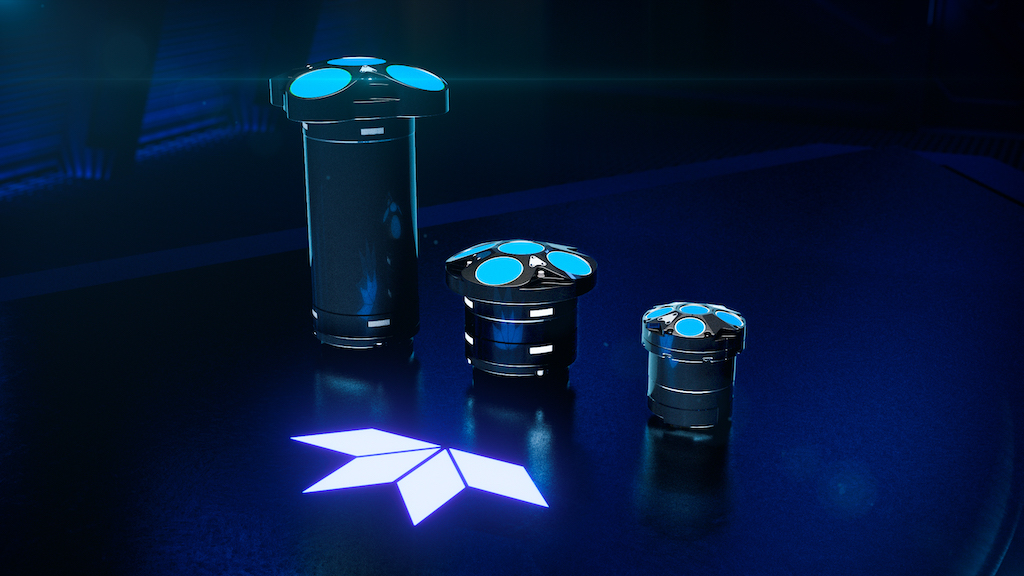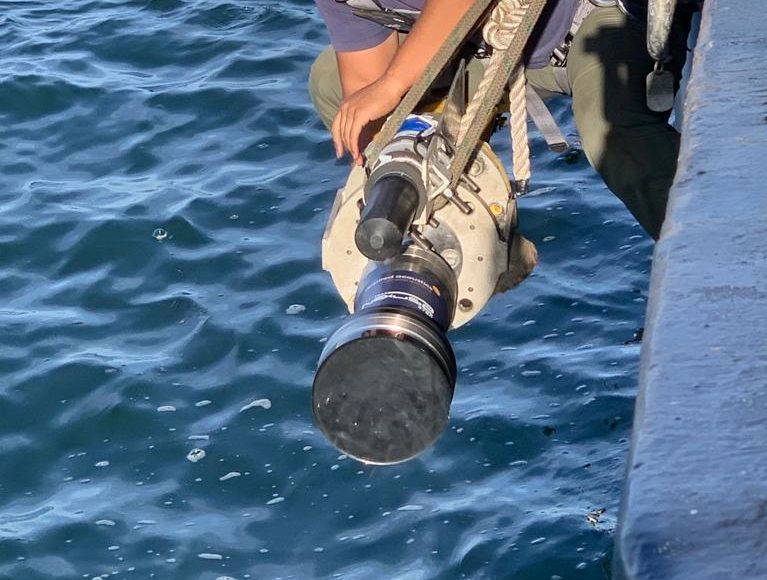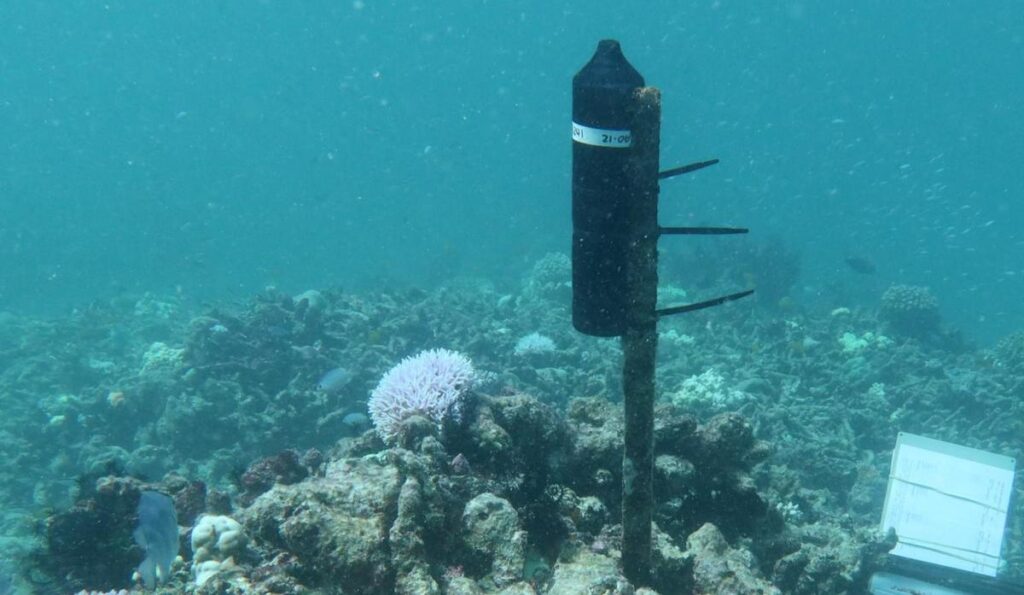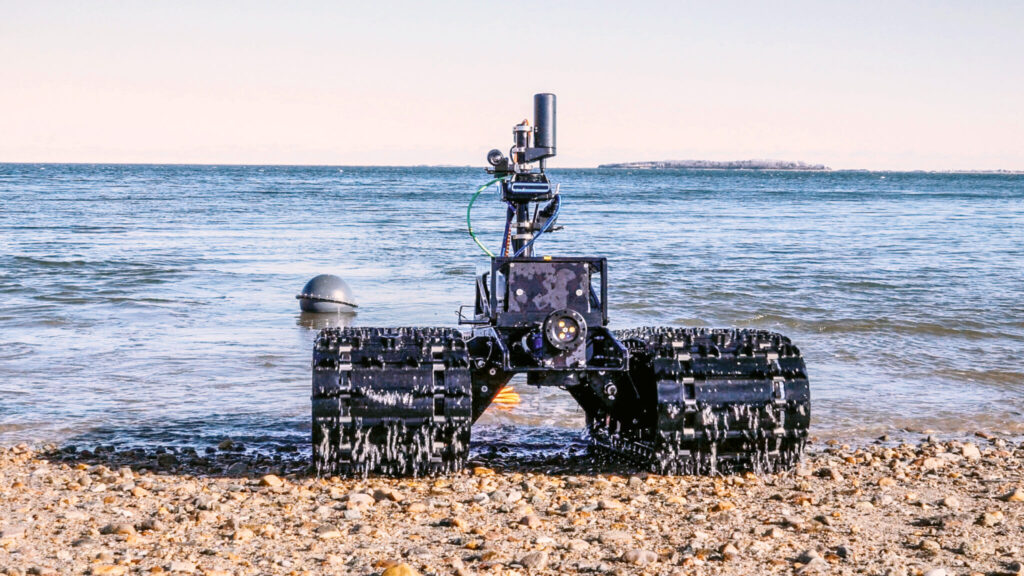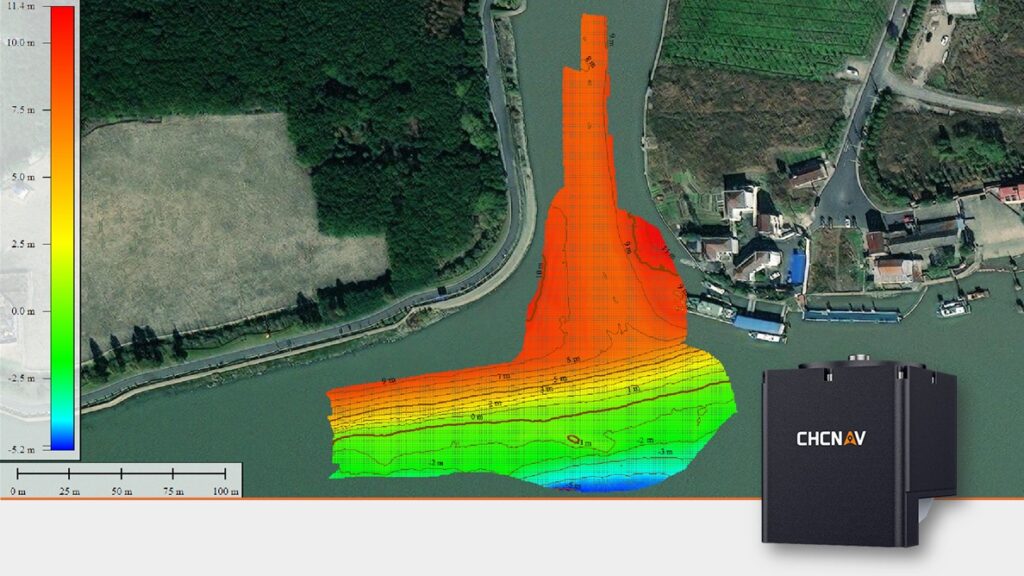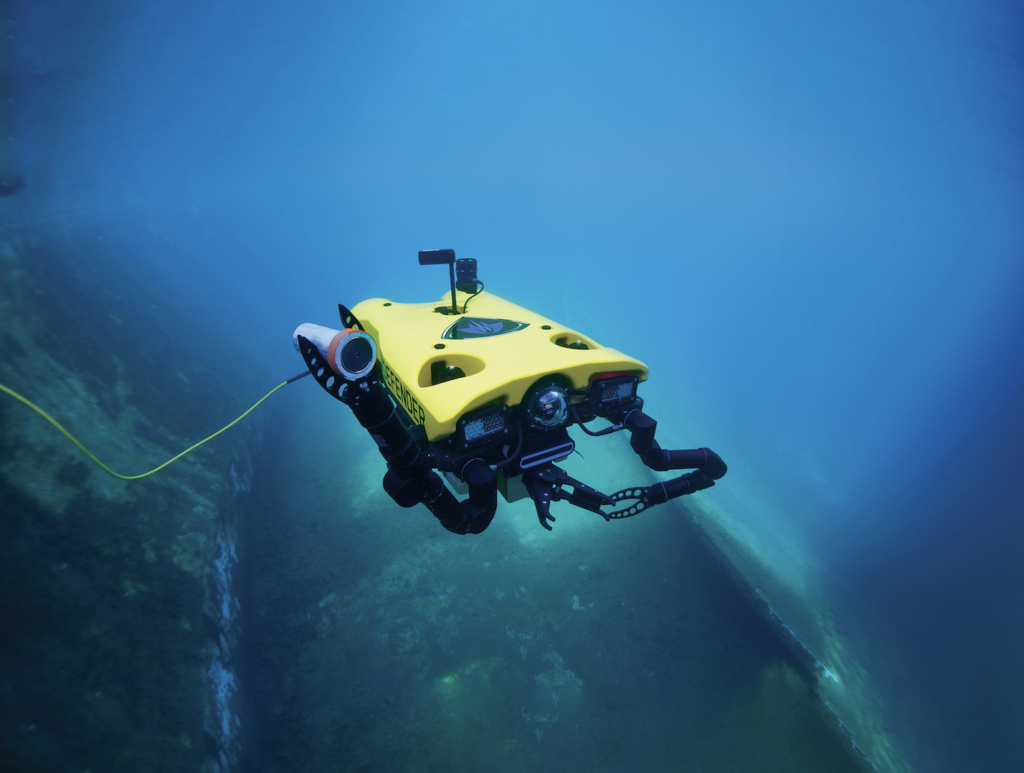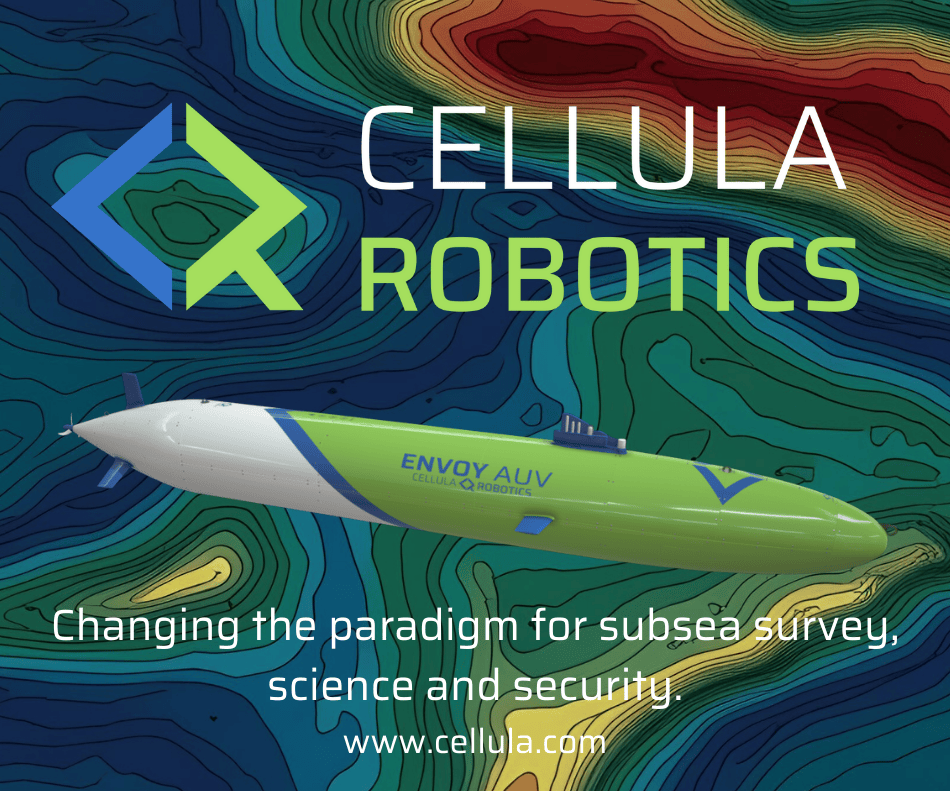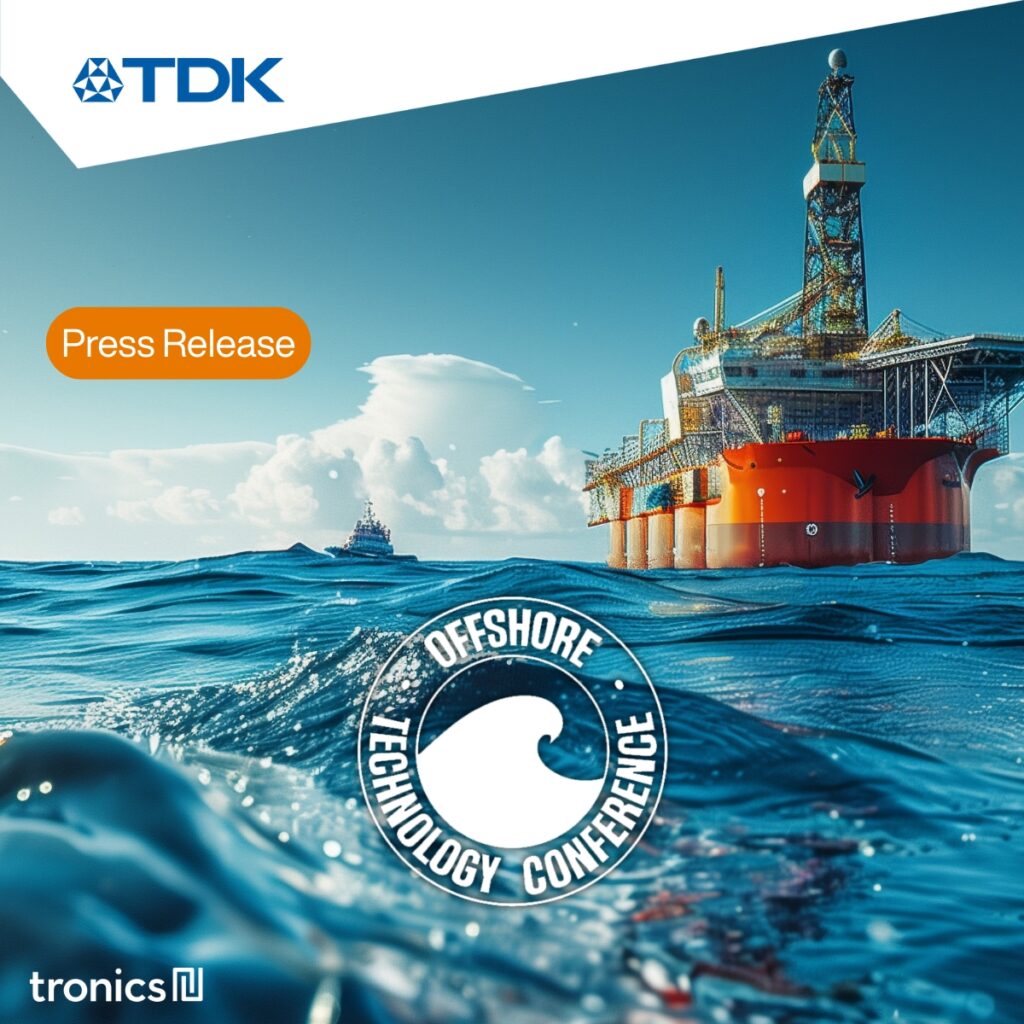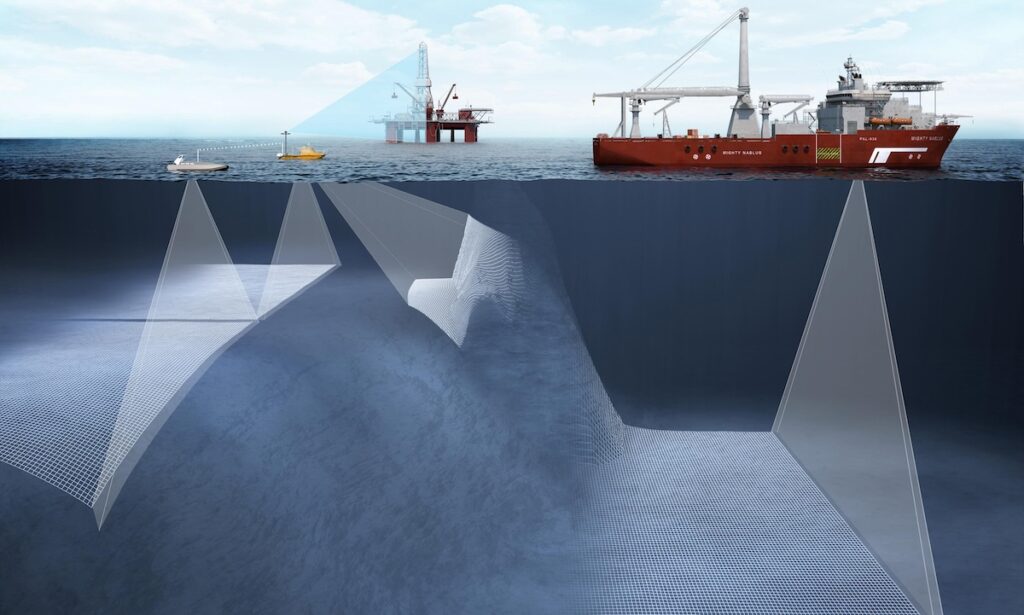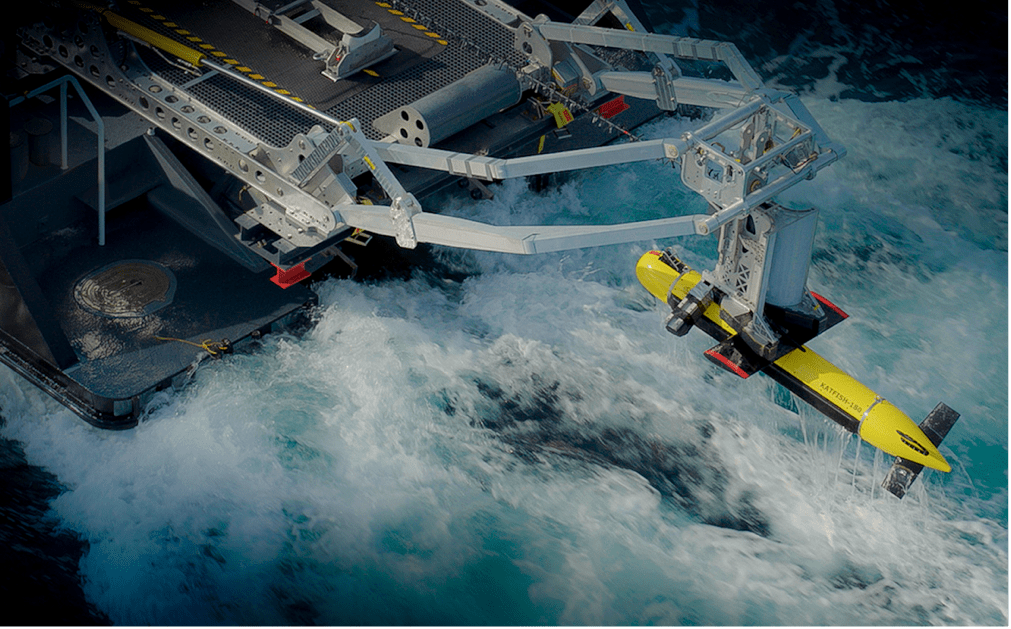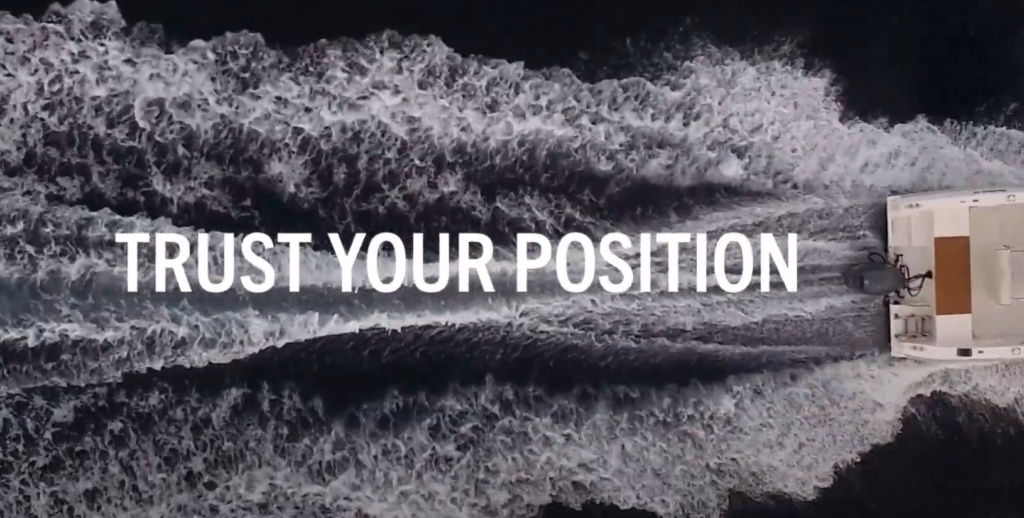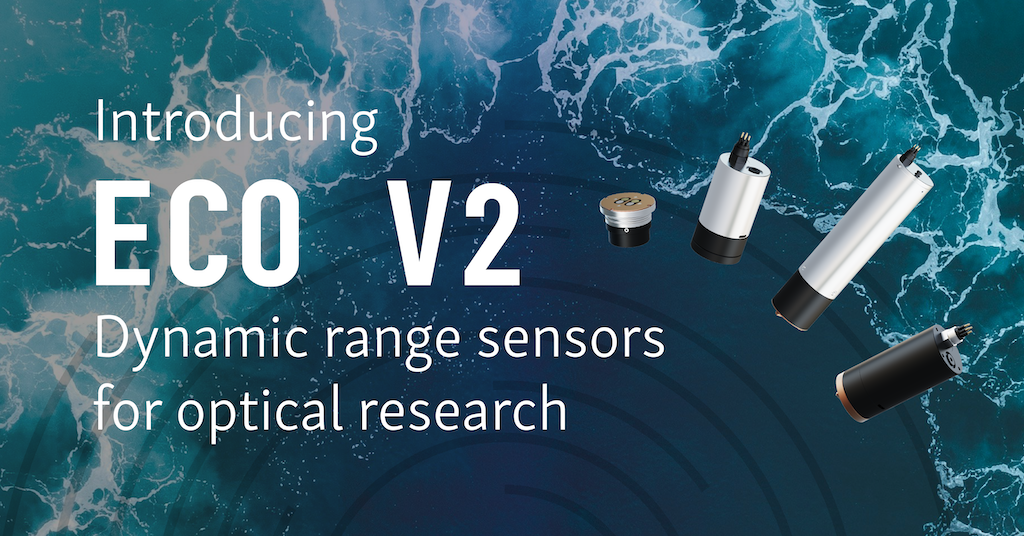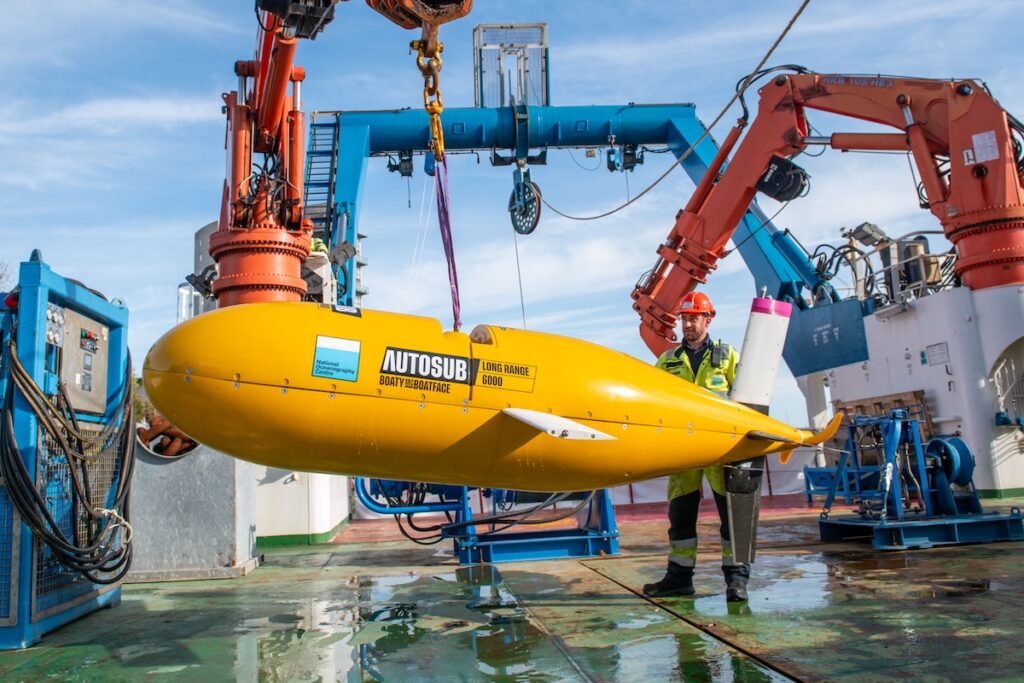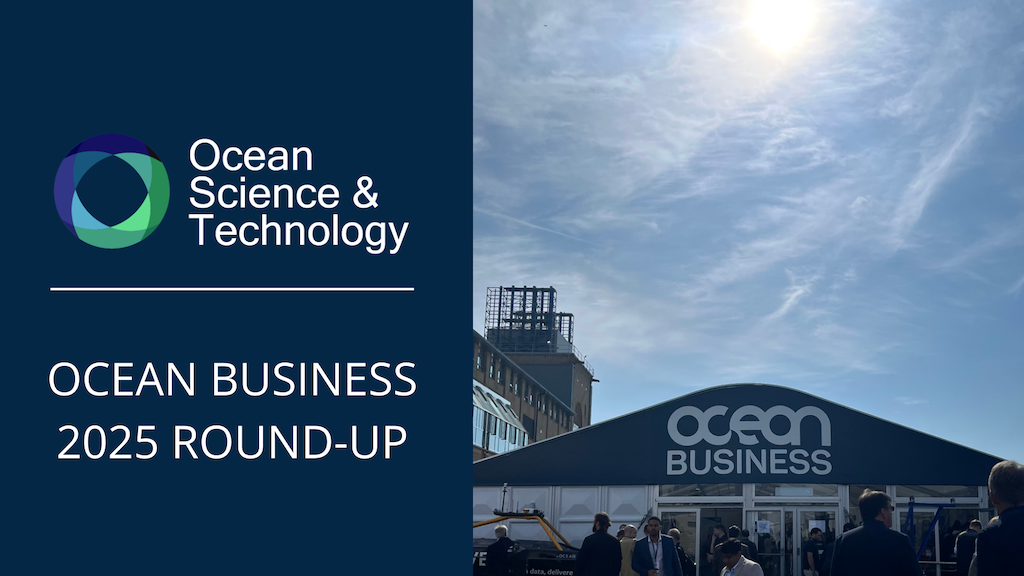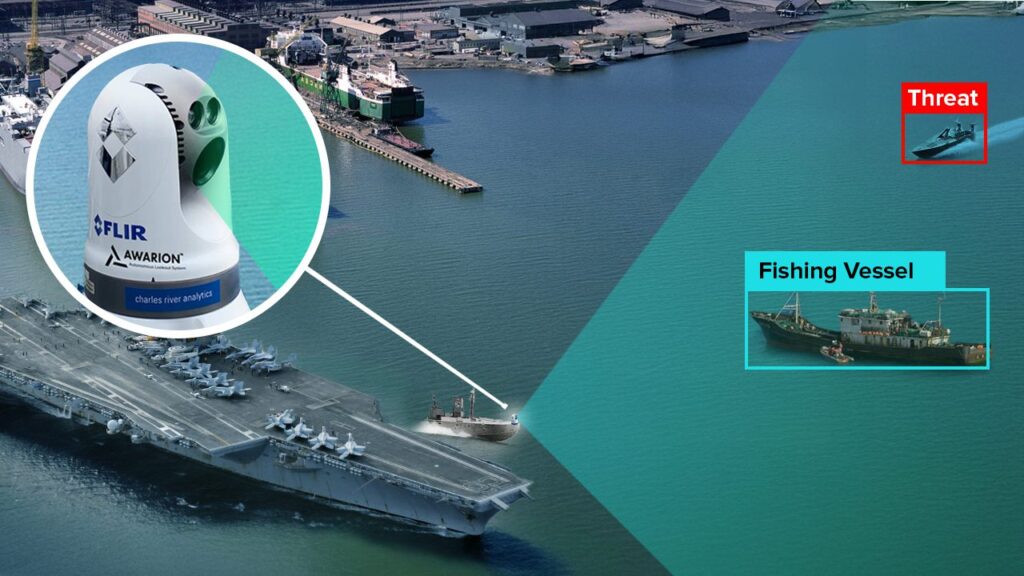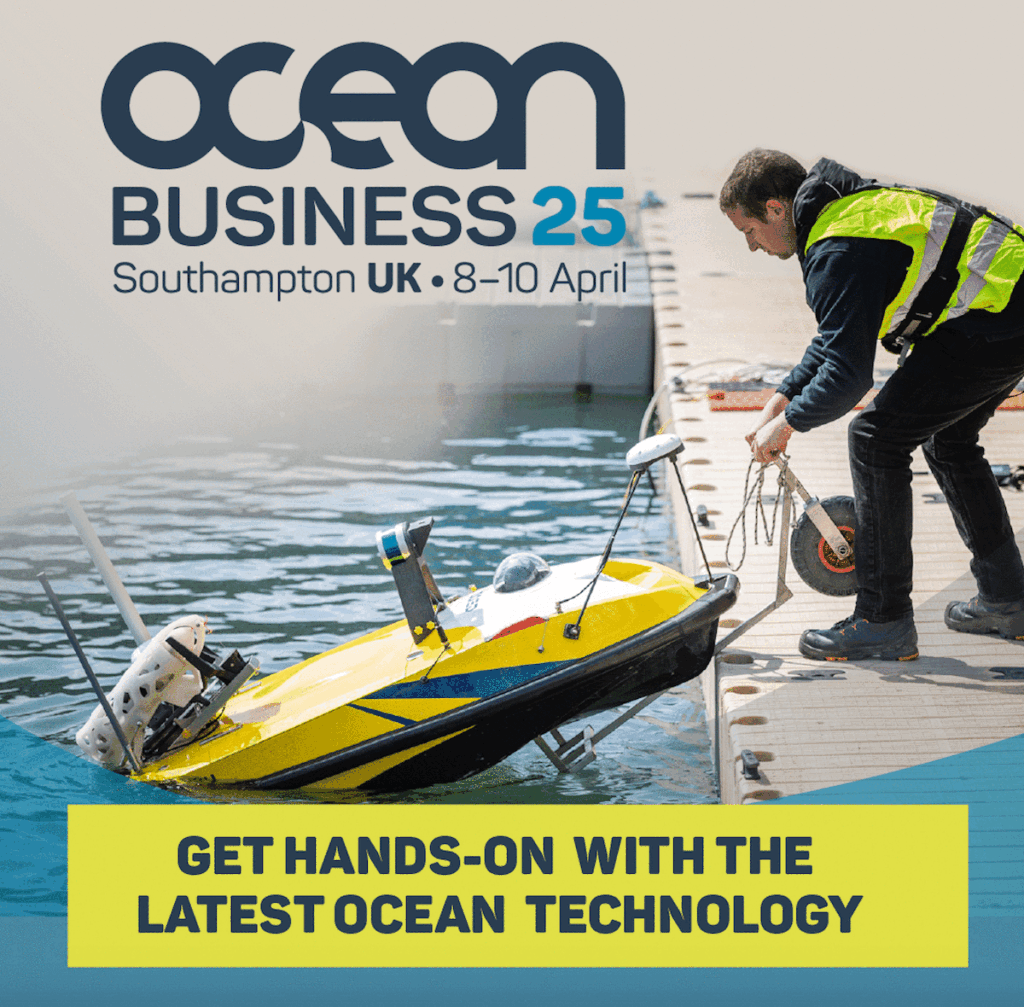
Connect with Leading Marine Technology Innovators
Discover cutting-edge solutions from leading global suppliers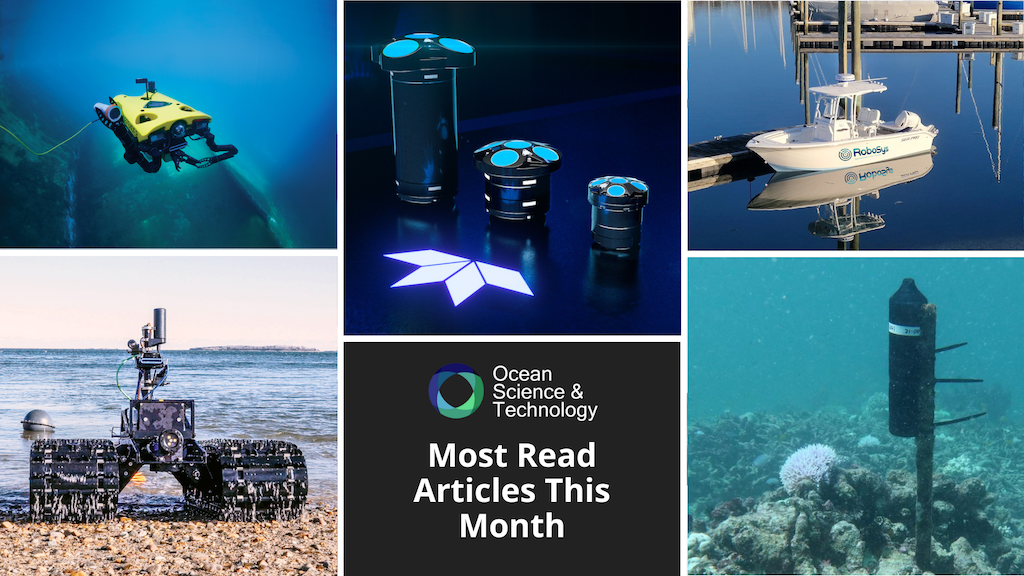
Explore OST’s round-up of our ten most read articles in the industry throughout March, including new technologies, collaborations, white papers, and industry successes.
1. Teledyne Marine to Launch New Products at Ocean Business 2025
Teledyne Marine has chosen Ocean Business as the launch venue for an exciting range of brand new products, unveiled at stand T7 with dockside demos at HS 02.
Visitors to Teledyne Marine’s stands in the exhibition hall and dockside will have the opportunity to explore its newest product launches and trusted industry solutions. Teledyne Marine will conduct live on-water and dockside demonstrations, offering attendees a firsthand look at the capabilities of its cutting-edge marine technologies.
2. Advancing Sustainable Energy with 1 MWh Subsea Battery System
SubCtech, with a focus on sustainable energy solutions, is currently developing a 1 MWh Battery Storage Skid, specifically designed for subsea deployment. The company expects this scalable energy storage solution (up to 6 MWh) to play a key role in powering underwater applications while reducing environmental impact.
The 1 MWh marine battery system represents a significant step toward sustainable offshore energy. This system efficiently stores and utilises electricity underwater, significantly reducing CO₂ emissions. It is ideal for applications in offshore wind farms, autonomous underwater vehicles (AUVs) and other energy-intense subsea operations.
3. USBL Tracking in Shallow Water: Q&A with applied acoustics
applied acoustics‘ Acoustic Positioning Product Line Manager and Support Engineer Ben Darling discusses the issues around shallow water tracking, and how USBL range, accuracy and operation can be maximised. The questions delve into the main challenges associated with USBL subsea positioning in shallow water, including multi-path acoustic interference, acoustic noise, sound velocity and acoustic signal path geometry.
Multi-path is where acoustic signals bounce off the sea surface and seabed as well as other objects and structures in shallow water environments. The effects of this are that there is higher acoustic noise, reducing the positional stability of a system by adding acoustic in-band noise and generating multiple acoustic paths.
4. Acoustic Telemetry Array Enhances Marine Species Tracking in Australia
An expanded network of underwater listening stations (acoustic receivers) in Queensland waters has supported scientists tracking marine life along the length of eastern Australia.
The expanded network, known as an acoustic telemetry array, has improved scientists’ ability to monitor the movements of key species, including sharks, rays, and commercially important fish tagged with transmitters. This advancement is enhancing beach safety and providing new insights into species behaviors and distributions.
5. Greensea IQ Awarded Contract to Support U.S. Marine Corps with AUGVs
Greensea IQ has received a contract to deliver customized Bayonet 250 Amphibious Underwater Ground Vehicles (AUGVs) for the U.S. Marine Corps’ Littoral Explosive Ordnance Neutralization (LEON) project. The contract was awarded through the Defense Logistics Agency (DLA) and Darley of Itasca, IL.
The Bayonet 250, part of Greensea IQ’s Bayonet series of amphibious underwater ground vehicles, exceeds the thorough mission criteria of the LEON project, which focuses on advanced explosive ordnance disposal capabilities in littoral environments.
6. Advancing Underwater Mapping with High-Resolution Echosounder Technology
CHC Navigation has released the HQ-400, a compact, high-resolution multi-beam echosounder designed for underwater mapping, offering advanced imaging, and real-time stabilization for hydrographic and bathymetric surveys.
The HQ-400, is ideal for a wide range of USVs (uncrewed surface vessels). The system features integrated sonar, temperature sensors, compass and pre-calibrated IMU, and provides flexible installation options for quick and easy setup and deployment.
7. ELWAVE’s Tetrapulse Sensor to Aid Mine Detection in Ukrainian Waters
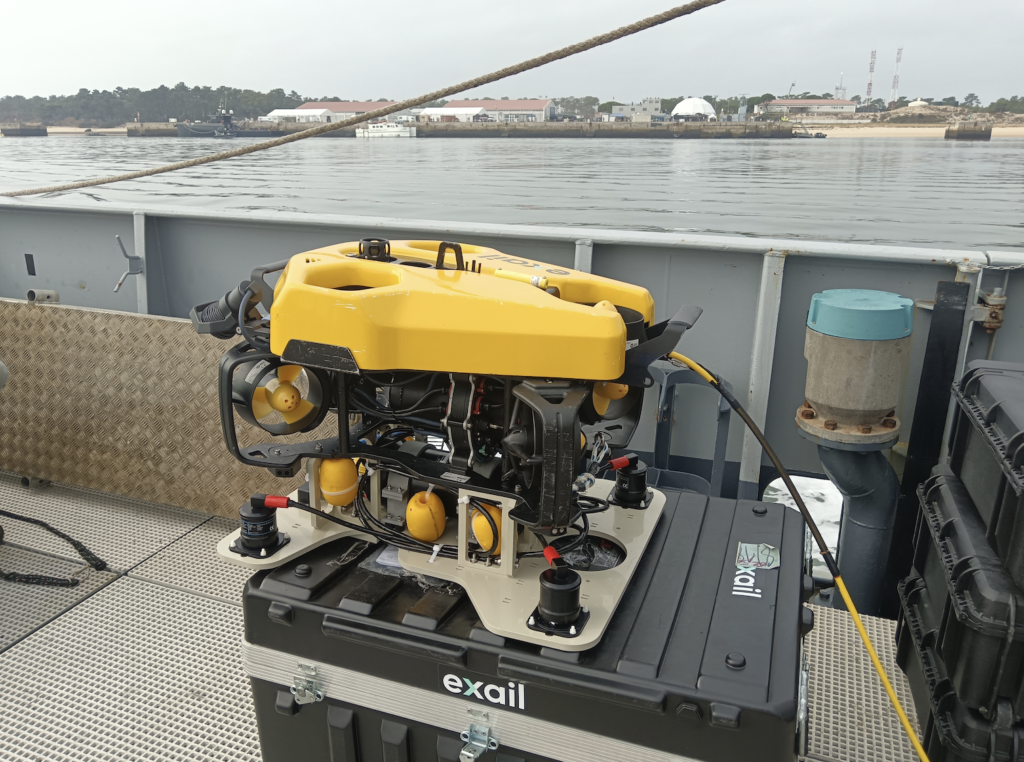
ELWAVE’s Tetrapulse electromagnetic sensor is set to play a key role in clearing Ukrainian waters of unexploded ordnance and mines. As part of a project led by French companies Exail and Geomines, Tetrapulse will be deployed to enhance maritime safety and support reconstruction efforts.
Tetrapulse is powered by ELWAVE’s CEDAR (Controlled Electric Detection And Ranging) technology, which provides superior detection capabilities. Unlike acoustic, magnetometer, or video-based systems that struggle in low visibility or with buried objects, CEDAR enables precise identification of both metallic and non-metallic threats.
8. High-Definition Marine Radar Expected to Enhance Ocean Safety

Navtech has launched its 77GHz FMCW marine radar MAS10, an ultra-high-definition W-band system for all-weather navigation enabling safer maneuvering in crowded waterways. Developed in collaboration with leading marine technology providers, Navtech Radar’s MAS10 is designed to meet the specific needs of maritime autonomy, providing a specialized solution that can handle all-weather environments.
Unlike optical and infrared sensors, its W-band radar technology cuts through fog, heavy rain, and snow, providing clear and consistent detection. It excels in low visibility conditions, functioning seamlessly in darkness, bright sunlight, and shadowed areas where cameras and LIDAR often struggle.
9. Robosys Automation Unveils New Autonomous Trials Boat
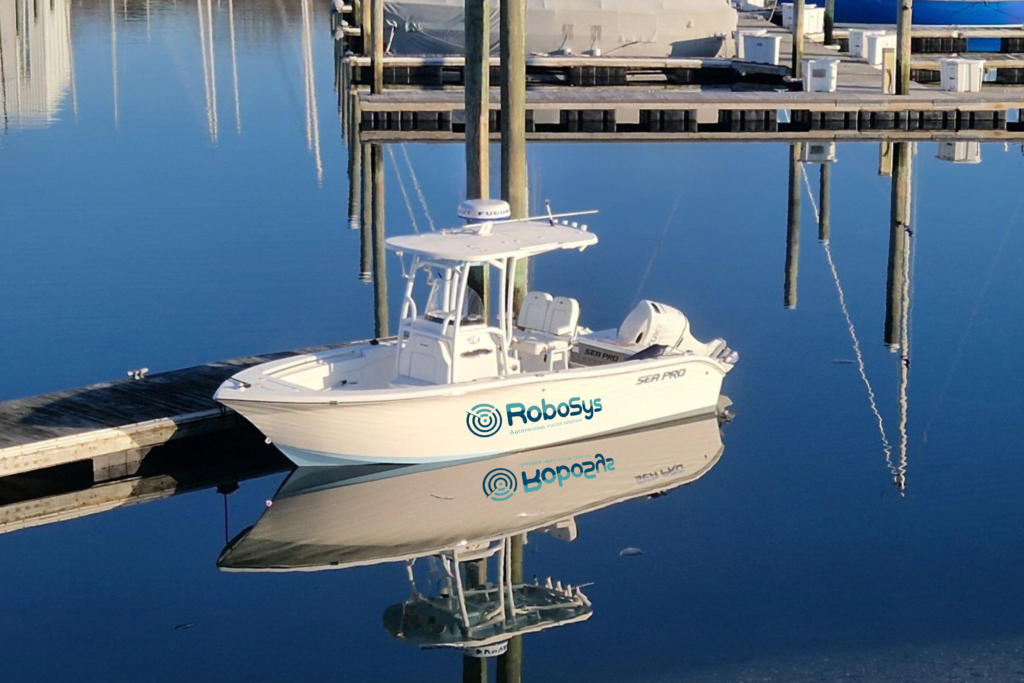
Robosys Automation has launched its new autonomous trials boat, the Pioneer, designed to assist with testing and sea trials for integrating clients’ software and hardware with the VOYAGER AI suite. The Pioneer, a 6.75 meter SeaPro Centre Console 222 supplied by Kirby Marine US, is powered by a Suzuki DF 250 APX outboard engine.
The SeaPro was selected as it is a robust and versatile trials boat which features a Dometic Seastar steering system and a Furuno radar. These, along with the Suzuki outboard, were integrated with Robosys’ VOYAGER AI software in just a few days, making the Pioneer SeaPro’s first fully autonomous boat.
10. U.S. Navy Contracts VideoRay for Underwater Robotics Support
VideoRay, a pioneer in underwater robotic technology and a subsidiary of BlueHalo, has been awarded a contract worth over $30 million to provide systems engineering and support services for its Remotely Operated Vehicle (ROV), the Mission Specialist Defender.
The $30,735,784 contract, issued by the Naval Information Warfare Center (NIWC) Pacific, is expected to enhance the U.S. Navy’s operational capabilities by ensuring the continued performance and advancement of these advanced underwater systems.
